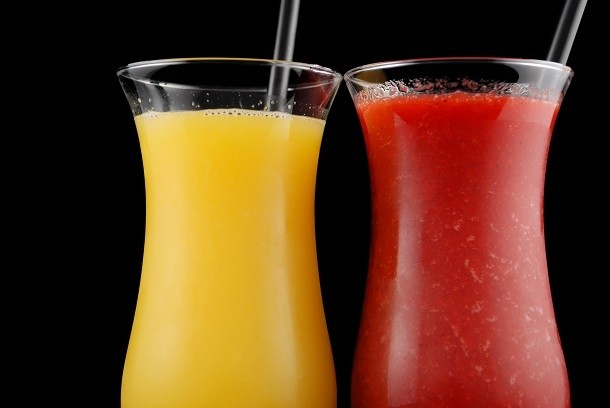Draft guidance on using juice as color additives reopened for comments after transparency complaints

The draft guidance, originally published during the busy end of the year on Dec. 14, appears to be based in part on “informal interpretation letters to individual companies” from FDA responding to questions about whether color additives from plant materials meet the specifications in the fruit and vegetable juice color additive regulations, notes the International Association of Color Manufacturers in a Jan. 5 comment to the agency.
The full letters were not included in the draft or as supporting documents. Rather, they were merely listed in a table with a final yes or no verdict, which PurColour, Inc., complains in a Feb. 1 letter “is insufficient information to formally respond to the draft guidance.”
It adds that it “respectfully requests the information and supporting documents regarding each plant material to be made publically available for review.”
IACM also requested access to the letters with a formal Freedom of Information Act request – a process that can take much longer to fill than the 30 days the association suggested would be sufficient to receive and review the letters and file comments.
The Grocery Manufacturers Association echoed IACM’s request to review the letters, however, in its comments the association asked for an additional 60 days to comment.
The agency is effectively giving more time than both requests as it was unable to extend the original comment period, which ended Feb. 14. Rather, the 60-day count-down for the new deadline will begin March 1 when the extension notice is published in the Federal Register, according to FDA.
Guidance seeks to clarify confusing terms
In the draft guidance, FDA attempts to clarify key terms in the regulations that it says have confused industry, including fruit, vegetable, mature, fresh, expressing the juice, edible and other terms.
It stresses in a Constituent Update published Feb. 28 that just because “a plant material can be eaten does not necessarily mean that juice from such plant material meets the specification of these regulations.”
In the draft guidance it further explains “there may be circumstances under which a fruit or vegetable that is normally regarded as edible should not be used as a plant material for producing fruit juice or vegetable juice color additives. For example, a plant material could contain a pesticide chemical that is unsafe” under the regulation.
Or, it adds, “the plant could be grown under environmental conditions which cause the plant to produce a deleterious substance which could cause detrimental health effects.”
The agency concludes in the guidance that if a company is unsure if a color additive from juice complies with the regulations, it should consult with FDA’s Office of Food Additive Safety.













